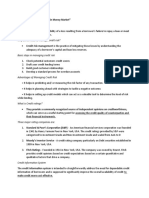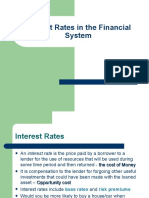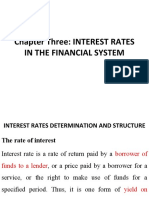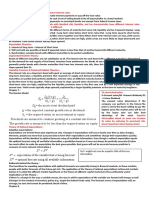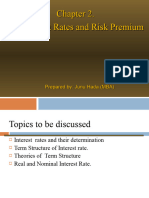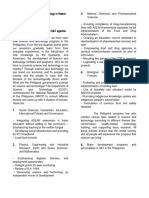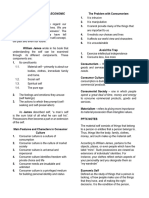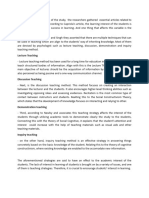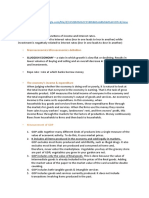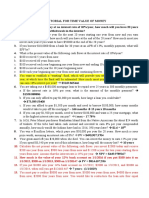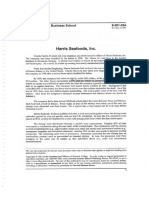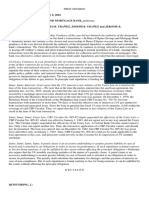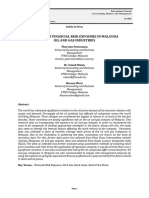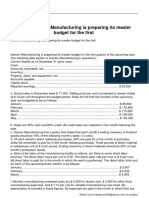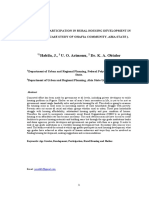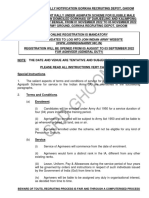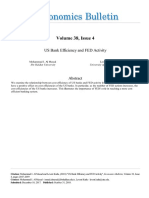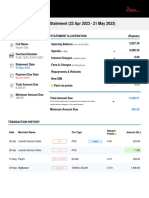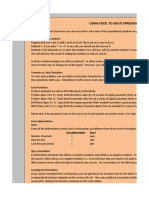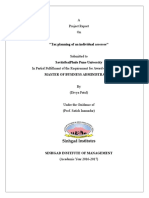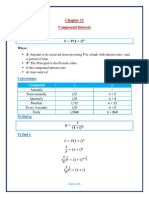0% found this document useful (0 votes)
28 views14 pagesFM Lesson-4
The document discusses managing credit risk in money markets, focusing on the cost of debt, solvency versus liquidity ratios, and credit risk related to interest rates. It explains various economic theories that influence interest rates, including loanable funds theory and liquidity preference theory, as well as the term structure of interest rates and the associated risks. Additionally, it outlines risk factors inherent in financing transactions and strategies for mitigating interest rate risks.
Uploaded by
karenrinon06Copyright
© © All Rights Reserved
We take content rights seriously. If you suspect this is your content, claim it here.
Available Formats
Download as PDF, TXT or read online on Scribd
0% found this document useful (0 votes)
28 views14 pagesFM Lesson-4
The document discusses managing credit risk in money markets, focusing on the cost of debt, solvency versus liquidity ratios, and credit risk related to interest rates. It explains various economic theories that influence interest rates, including loanable funds theory and liquidity preference theory, as well as the term structure of interest rates and the associated risks. Additionally, it outlines risk factors inherent in financing transactions and strategies for mitigating interest rate risks.
Uploaded by
karenrinon06Copyright
© © All Rights Reserved
We take content rights seriously. If you suspect this is your content, claim it here.
Available Formats
Download as PDF, TXT or read online on Scribd
/ 14


